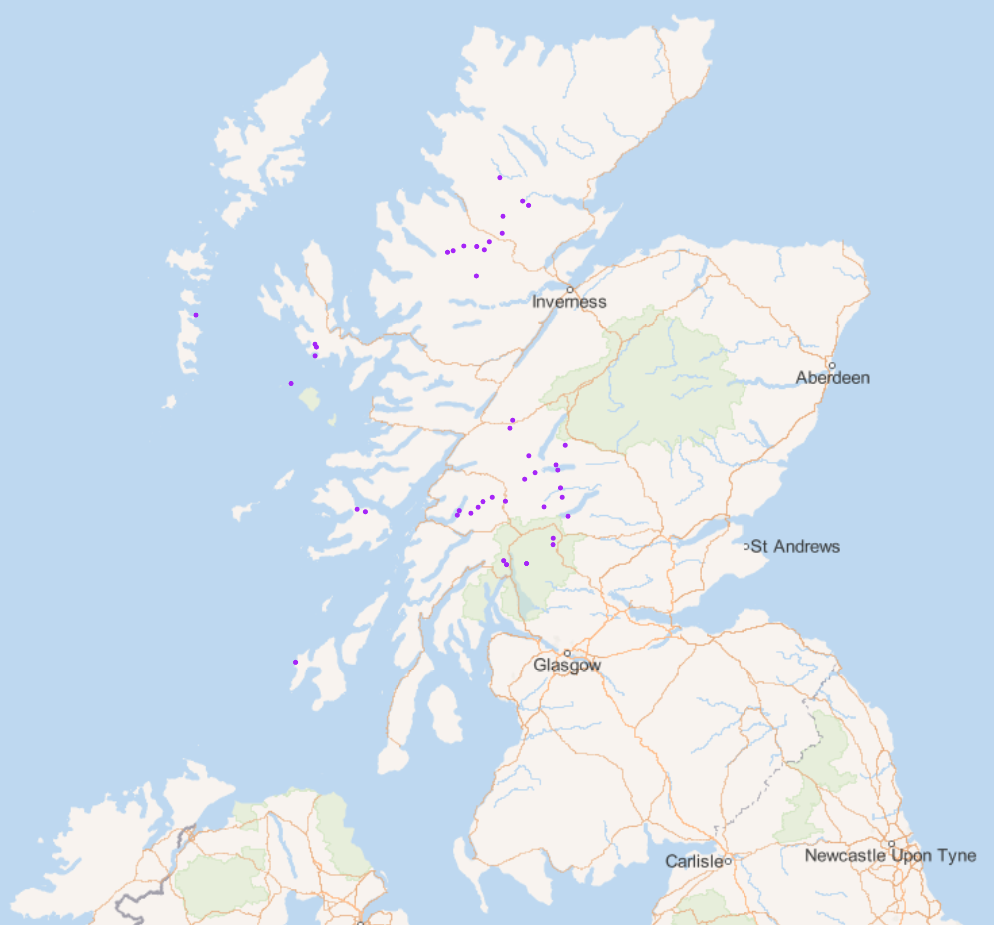The Total Not Spot (TNS) element of the Shared Rural Network is funded by the UK Government. Individual sites – or mobile masts – are the shared responsibility of the mobile network operators (EE, Three, Virgin Media O2 and Vodafone) and are being delivered by their respective suppliers, selected via a public procurement process.
To meet State Aid requirements and be eligible for grant funding, masts that form part of this element of the programme must deliver coverage to areas with no 4G coverage from any operator and most of them must also be located in areas with no 4G coverage.
The coverage delivered under the TNS element of the programme is designed to support people wherever they are on the move, as well as connected devices, emergency service connectivity and rural activities and operations rather than fixed communities.
Developing a radio plan is an iterative process and it has taken time to establish which sites should be built as part of the SRN. Increasing outdoor 4G coverage ahead of schedule, has allowed the programme to revise where publicly funded masts and coverage should be delivered.
As such, the mobile operators and the UK Government have undertaken a significant amount of work to review the locations of SRN sites to:
– reflect feedback from local communities and stakeholder groups
– ensure benefits of new 4G coverage in rural areas of Scotland are maximised; and
– ensure best value for public money
As a result of this review, there are now 44 new shared masts proposed under the TNS element of the Shared Rural Network. The map below shows current proposed mast locations solely for the TNS element of the programme, and delivery is subject to achieving planning permission and securing agreements with landowners or landlords and subject to change.
Mobile masts may be built as part of a ‘cluster’. This means that a mast’s contribution to enabling coverage for other masts in its cluster (as a link into the wider mobile network) is factored into the rationale for its location.
Map correct as of 31 October 2025
